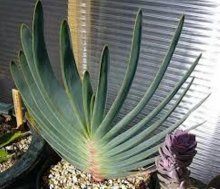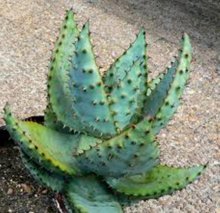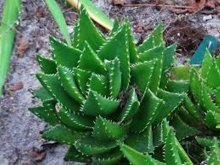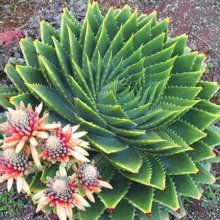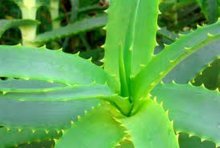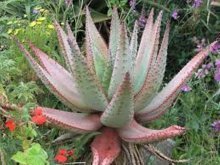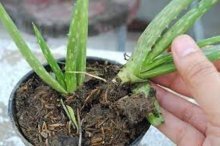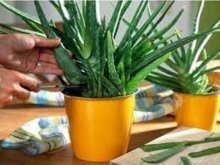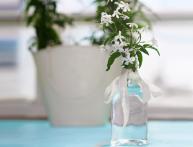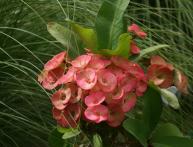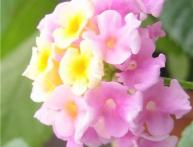How to properly care for aloe, we grow the most beautiful varieties at home
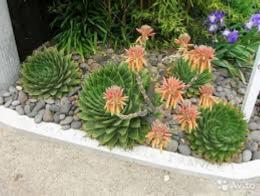
Aloe, or agave, is a common plant that is famous not only for its beauty, but also for its great value in folk medicine. It is unpretentious and hardy and does not require special care.
Content:
- What varieties of aloe can be grown as indoor plants?
- The most beautiful varieties of aloe
- Medicinal varieties, how to use them
- Poisonous representatives of the species, handling rules
- Rules for caring for succulents of the Asphodelaceae family
- How to trim
- Diseases and pests
What varieties of aloe can be grown as indoor plants?
Aloe is a collective name for many species, among which there are both wild and indoor representatives.
Varieties common in indoor gardening include those described below.
folded
It reaches several meters in height. Form - shrubby or tree-like. The leaves are sessile, arranged on the stem like a fan, the length is 20 cm. A characteristic feature of this variety is frequent flowering.
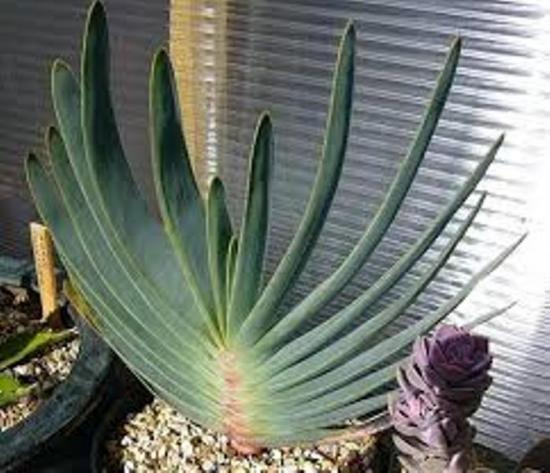
Marlotha
Evergreen bush, which in the wild reaches a height of 4 m. The leaves are large, and reddish thorns can be seen along the edges. It blooms with yellow, sometimes orange, flowers.

Motley
It is considered the smallest species, since it does not grow higher than 30 cm. The leaves are boat-shaped, dark green, arranged in a spiral on the stem. With proper care it blooms annually.
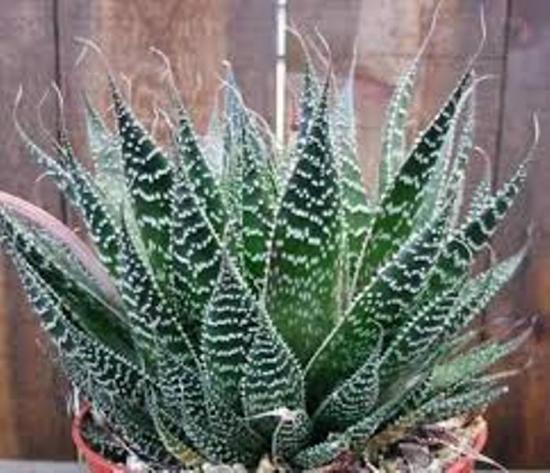
Multileaf (hybrid of the Variegated variety)
It is distinguished by a bluish tint of leaves and a triangular shape.
Despite their diversity, not all are suitable for growing at home. When choosing, it is worth considering that each of the varieties has characteristic features that should not be overlooked.
The most beautiful varieties of aloe
In addition to its benefits and versatility, when choosing a flower, some people focus on the external parameters of the flower.
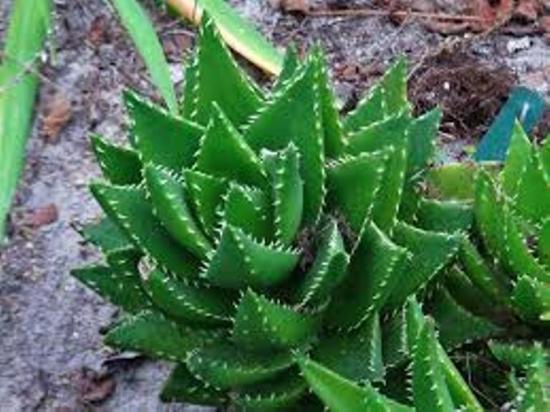
The most beautiful ones include:
- Aloe cap-shaped, caring for which does not require much effort. It is distinguished by climbing stems that grow up to 2 m in length. The leaves are fleshy, ovoid, covered with whitish teeth on one side and small spines on the other. The flowers are bright red;
- Spinous is a shrubby plant with narrow small leaves of a grayish-green color. The shape resembles a sphere;
- Spiral - a distinctive feature is the twisting of the rosette in a spiral. After the age of three, the curling becomes more noticeable. During this period, the plant needs increased attention;
- Tiger - characterized by its small size, rarely reaching more than 30 cm in height. The leaves are small, dark green, attached to the stem in a spiral.
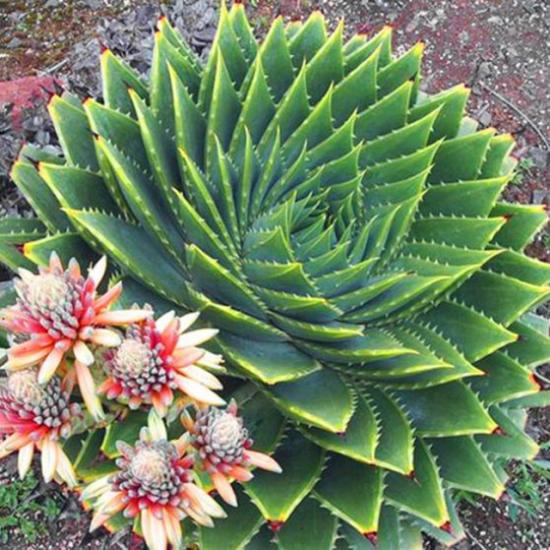
Gardeners, when buying a flower, should ask themselves: how to care for aloe Agave is an unpretentious plant, but if the rules of care are not followed, it can die.
There are many different varieties that differ in properties and appearance. The most beautiful ones can surprise the owner not only with their appearance, but also with their rich healing properties.
Medicinal varieties, how to use them
In addition to aesthetic pleasure, this plant brings many benefits in the treatment of immune and skin diseases.Most varieties have unique healing and anti-cold properties.
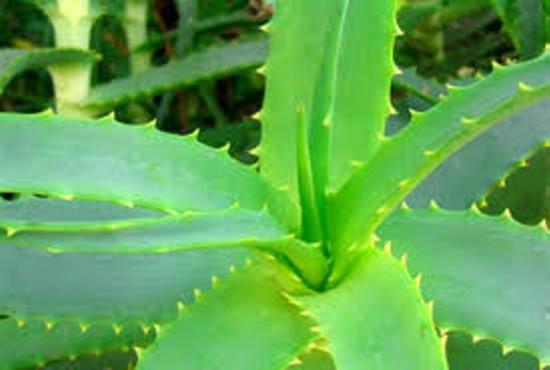
Common medicinal representatives of aloe include:
- Aloe vera - an easily recognizable plant by its densely branching stem. The leaves are fleshy, light green in color. It is used both in professional medicine for the treatment of inflammation and in folk medicine;
- Tree-like - considered one of the most common. In addition, it differs in that for aloe tree care is not as important as for other varieties. It is a hardy tree plant that grows quickly but blooms very rarely. In folk medicine it is used as a laxative, wound healing and disinfectant;
- Soapy - differs from its relatives in the large number of shoots with a missing trunk. It grows up to 50 cm in height. It is used in medicine, as a natural antiseptic, and in cosmetology, as a component of age creams.
Aloe is characterized not only by aesthetic beauty, but also by a wide range of medicinal properties. Thanks to the latter, it is often used as an antiseptic and wound-healing agent.
Poisonous representatives of the species, handling rules
When choosing a plant variety, you should pay attention to the fact that in addition to useful and beautiful, among these flowers there are also dangerous ones. To reduce the likelihood of unpleasant consequences to a minimum, it is worth remembering how to properly care for aloe.
To the most famous representative poisonous varieties include Frightening. It is distinguished by long, juicy, salad-colored leaves covered with red thorns.
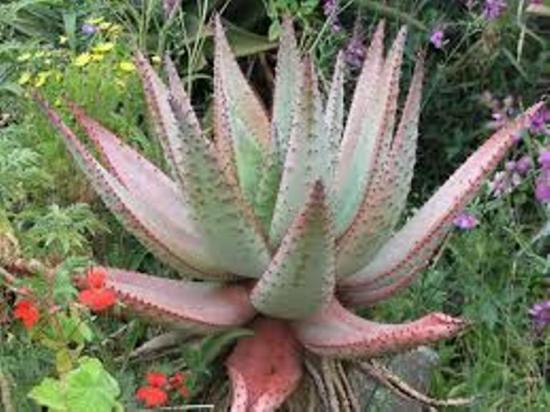
Despite the fact that it is often used in traditional medicine, in its pure form it can cause miscarriage.Therefore, it is not recommended to keep a plant of this variety in the same house as a pregnant woman.
In addition, when consumed orally it causes intestinal or uterine bleeding. Equally dangerous for both people and animals.
If a gardener decides to add this flower to his collection of indoor plants, he should handle it with caution. You should not take risks if there are pregnant women, small children or pets in the house.
Rules for caring for succulents of the Asphodelaceae family
Despite the plant’s hardiness, it is worth considering that caring for it includes a number of features. The basic rules include choosing the right one:
- Lighting. Since this is a light-loving plant, it is recommended to place it on window sills facing south;
- Glaze. In the warm season, it is recommended to water based on the level of drying of the soil. In winter, the frequency of watering is halved;
- Temperature conditions. In summer, the flower feels great at room temperature. In winter, during the dormant period, the plant should be placed in a room with a temperature of 14? C. If the temperature is higher and the quality of light remains poor, the flower will begin to stretch.
When growing a succulent, it is important to consider that it needs frequent feeding in the spring and autumn.
An equally important aspect of care is transplantation.
So, a young flower is recommended transplant annually, perennial - once every three years. When transplanting an adult, it is important to consider that each new container should be 20-25% larger than the previous one.
It is recommended to replant using the transshipment method so as not to damage the root system.
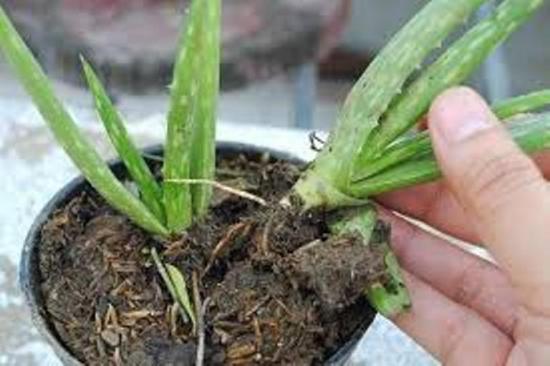
To do this you need:
- Prepare the container by covering the bottom with a drainage layer and filling it with a small amount of new substrate;
- Remove the flower from the old flowerpot;
- Carefully place the roots of the flower, without knocking down lumps of earth, in a new container;
- Cover with the remains of the new substrate.
The substrate can be purchased at a specialized store or prepared independently. To do this, you need to mix two parts of turf soil with one sheet soil and the same amount of fine sand. Add a little to the resulting mixture peat.
If you follow simple rules of care, the flower will delight its owners with a cheerful appearance for a long time. If you treat this negligently, aloe, like any other living organism, can die.
How to trim
Another important question that should concern a gardener is: how to prune aloe? The process is not complicated, but it needs to be done regularly. This ensures rapid leaf renewal.
During the procedure you need:
- Prepare sharp scissors in advance;
- Carefully remove dead, discolored or damaged leaves first;
- Cut off side shoots that take away strength from the main trunk.
- When pruning, you can cut off not only diseased and excess leaves, but also the trunk if the flower has grown too large. At the same time, pruning should be done regularly.
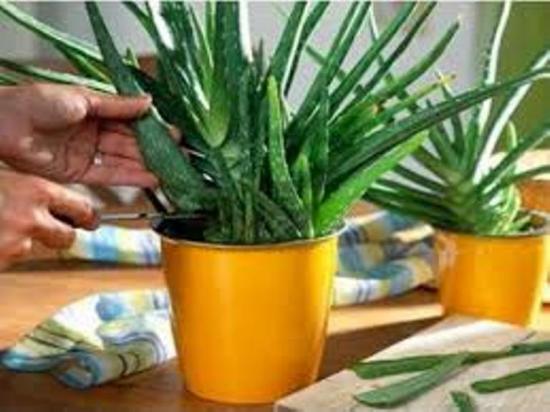
Diseases and pests
Unfortunately, not always following the basic rules of care can protect the grower from developing problems such as aloe disease. A common disease is rot.
It can be caused by water getting into the rosette of leaves or a lack of oxygen in the substrate. The problem can be determined by changes in the color of the leaves and their thinning.
In addition to diseases, pests can also harm a succulent:
- Shchitovka - affects mainly succulent leaves. To eliminate it, it is recommended to use insecticides;
- Arachnoid mite - affects leaves, causing them to turn yellow and fall off. For prevention it is recommended to use tobacco tinctures, and for treatment - acaricides.
To protect the flower from damage, it is recommended not to place new, recently acquired flowers next to it.
If the disease or pest does attack, it is necessary to treat the flower and replant it on new soil.
Aloe belongs to perennial plants. Widely used in both horticulture and medicine. Unpretentious, but if not properly cared for, it dies.
For additional information about the features of caring for homemade aloe, we suggest watching an interesting video:

